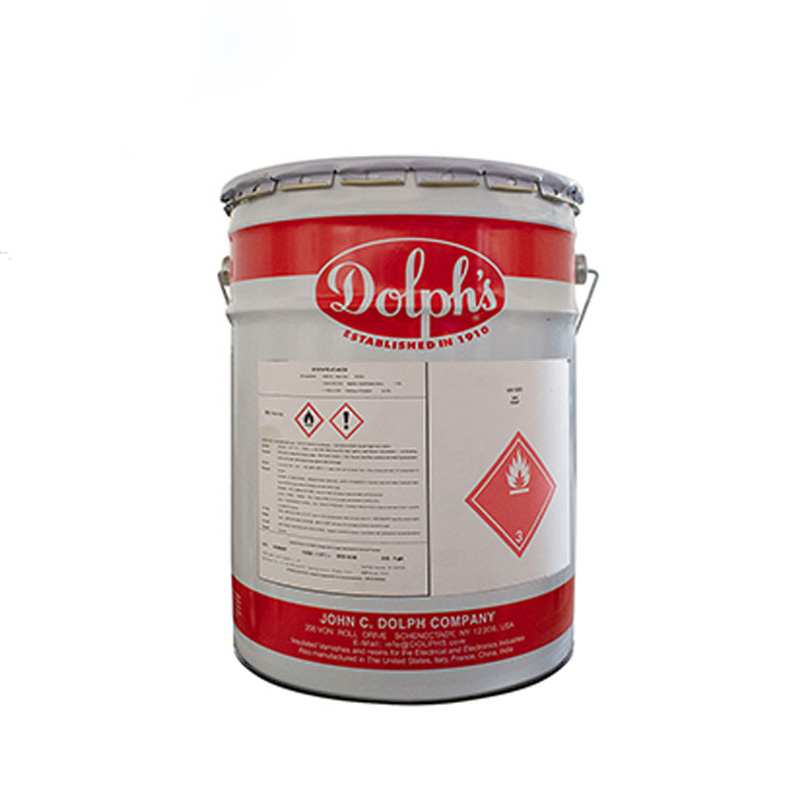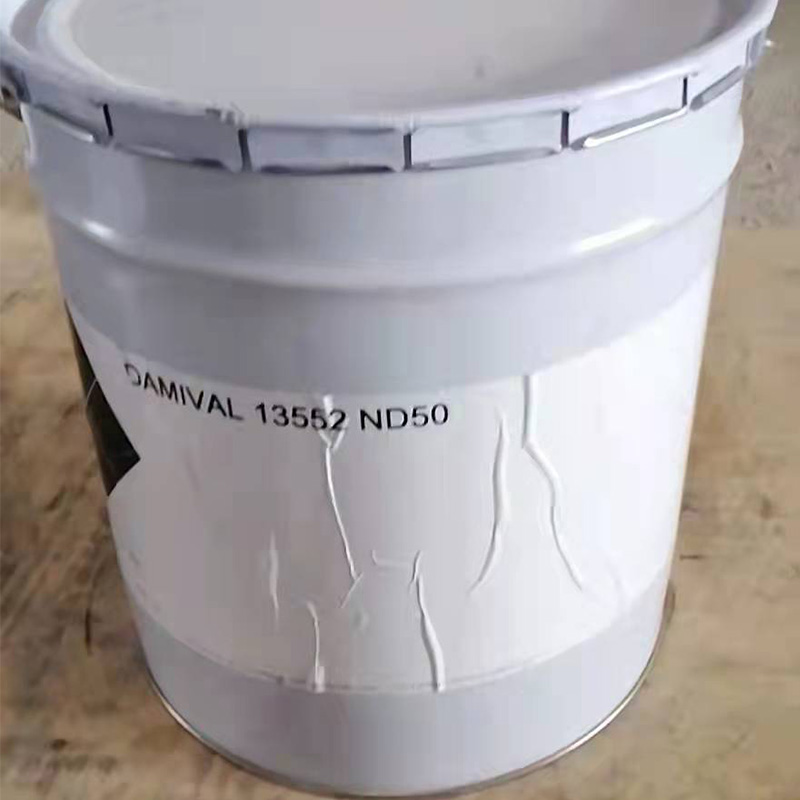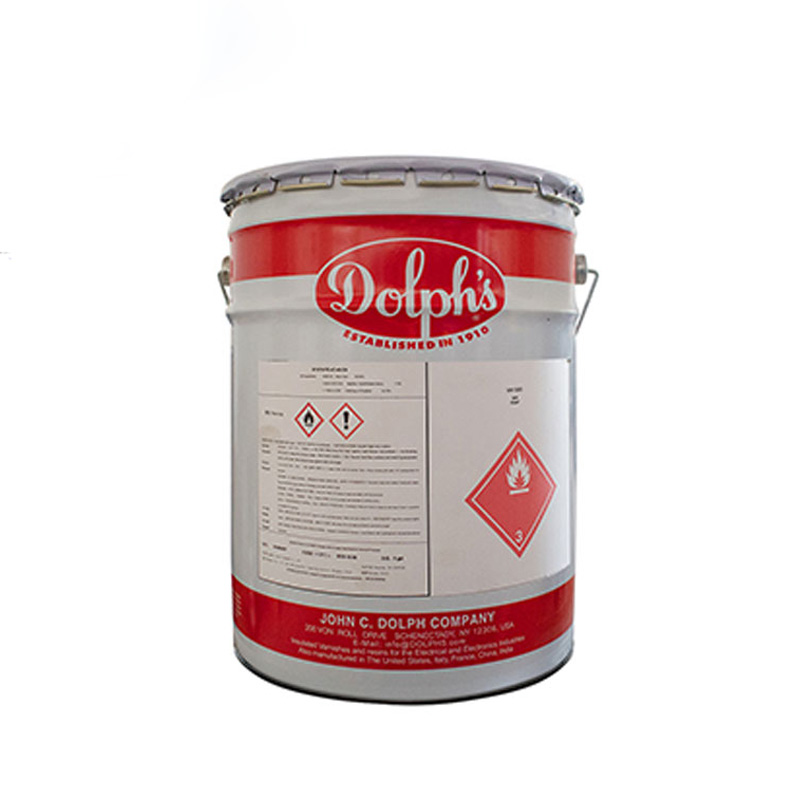How to choose the correct adhesive for the electronic industryCurrent location :Home > How to choose the correct adhesive for the electronic industry
- Time:2022-1-10 11:21:12 Posted:E&C Technologies(Shenzhen) Co., Ltd.
- There are many types of adhesives with different properties. When choosing an adhesive, many factors need to be considered in order to achieve the ideal bonding effect. Proper selection of the right adhesive can extend product life, maintain performance, and reduce costs accordingly. In general, the selection of electronic industry adhesives should consider the following factors:
1. Select the adhesive according to the chemical properties of the bonding substrate:
1. Adhesives with strong polarity should be selected for bonding polar materials (such as steel, aluminum, nickel, ceramics, etc.), such as epoxy resin glue, polyurethane glue, acrylate glue, inorganic glue, etc.
2. For bonding weak polar materials and non-polar materials (such as paraffin, asphalt, ABS/plastic, polyethylene/PE, polyethylene, etc.), acrylate glue, unsaturated polyester glue, etc. should be selected.
2. Select the adhesive according to the physical properties of the bonding substrate:
1. For bonding brittle and rigid materials (such as ceramics, glass, cement and stone, etc.), thermosetting resin adhesives with high strength, high hardness and non-deformation can be selected, such as epoxy resin adhesive, phenolic resin adhesive and unsaturated polyester adhesive.
2. Adhesives with good elasticity and certain toughness should be selected for bonding elastic and tough materials (such as rubber, leather, plastic, film, etc.). Such as epoxy resin glue, polyurethane glue, rubber type adhesive, polyethylenate glue, etc.
3. Adhesives with high viscosity should be selected for bonding porous materials (such as foam plastics, sponges, fabrics, etc.) .
3. Select the adhesive according to the conditions and environment of the bonding being used:
1. When the parts to be bonded are subjected to uneven peeling force and pull-off force, adhesives with good toughness can be selected, such as rubber adhesives, polyurethane adhesives, etc.
2. When the adhesive parts are subjected to uniform pull-off force and shear force, relatively hard and brittle glues, such as epoxy resin and acrylic glue, can be selected.
3. Anaerobic adhesives can be selected when the adhesive parts are used in an oxygen-free or air-isolated environment.
4. When the adhesive parts require water resistance, choose epoxy resin glue, acrylic glue, etc.; when the oil resistance is good, choose epoxy type or silicone type adhesive.
5. Choose different adhesives according to the use temperature of the bonding parts. For example, epoxy resin is suitable for use below 120 °C, rubber type adhesive is suitable for use below 80 °C; organic silica gel is suitable for use below 200 °C; use.
6. Select adhesives according to different processes: infusion-type adhesives usually use solvent-free, low-viscosity adhesives; for sealing, paste-like and paste-like adhesives are often used.
7. Select adhesives with different properties according to the special requirements of the bonding parts: such as electrical conductivity, thermal conductivity, high temperature resistance and low temperature resistance, functional adhesives should be selected.
How to choose the correct adhesive for the electronic industry
Related Technology




